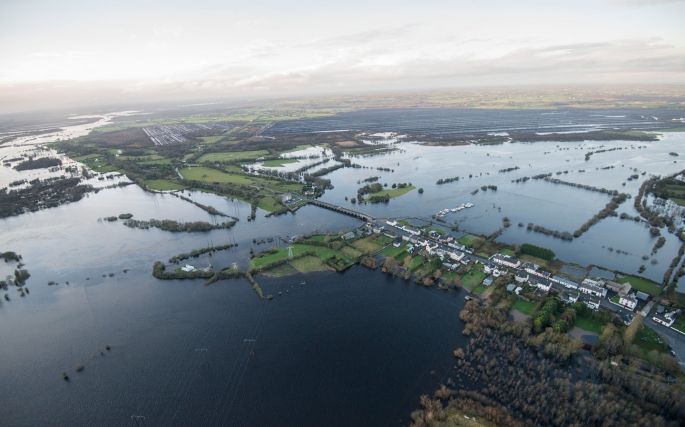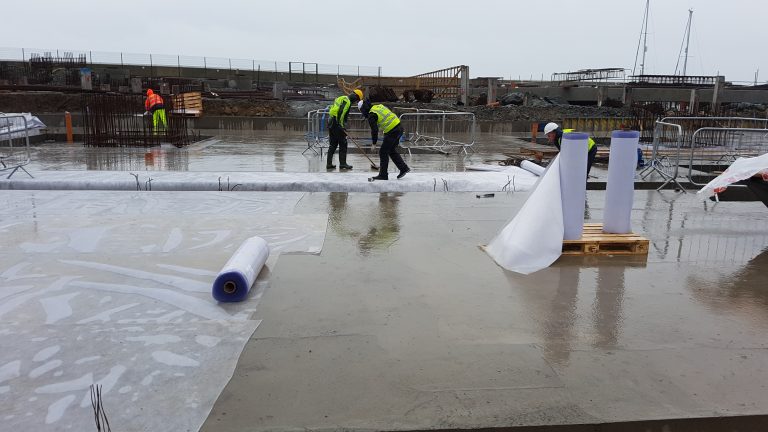Shannon Water Levels Highest Since 1932
Heavy rainfall and flooding has been affecting many households and businesses. Residents in some of the worst affected areas struggled to keep flood water out and were forced to leave their homes. Recent flooding has also brought disruptions to power supply and transport. Forecasted rain across country is feared to bring flash flooding to areas previously unaffected.
According to the Irish Times, the Government’s bill to cope with Ireland’s flood damage is expected to exceed €100 million. Nearly €60 million will be needed to fix damaged roads and bridges, but Ministers fear the bill could be significantly more.
Flood Resistance and Flood Resilience
Flood resistance is considered to be a practical flood protection measure for many properties and involves installation of flood doors, air brick seals, and waterproof coatings. However, flood resistance cannot be resorted to in all cases. In some situations, the building structure may be unable to cope with the water pressure caused by excessive flooding. This is when an alternative strategy of “flood resilience” is employed. Flood resilience means accepting the flood water will enter the property and taking measures to minimise the damage and disruption caused to the building.
Flood Resistance
SURFASOLOGY offer a range of products that can be used to improve the flood resistance of walls. A flood resistance system is depicted on the diagram below:
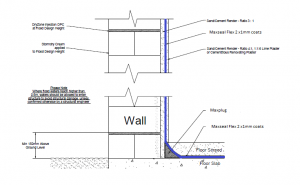
Product Highlight: Stormdry , Dryzone, Drybase, Maxseal Flex, Maxplug
Flood Resilience
Where it is accepted that flood water will enter the building – e.g. because flood resistance measures are impractical or would be unable to cope with a high flood level (e.g. above 0.6 metres) – flood resilience measures can be put in place to minimise the damage and disruption caused by the flood.
Typical flood resilience measures include the use of tiled surfaces that can easily be cleaned after a flood and the siting of electrical sockets and circuits above the design height level.
A further aspect of flood resilience is the management of ingressing flood waters – diverting them away from where they would cause the most damage. Such a solution can be installed using Oldroyd cavity drainage membranes as shown in the diagram below.
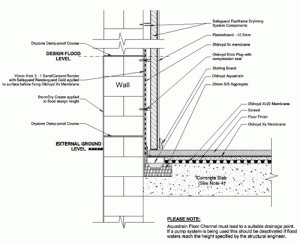
It should be noted that flood resistance and flood resilience are not mutually exclusive. Many flood resilience specifications will include flood resistance measures. For example, flood resilience measures may be employed in case of a worst case scenario in which high flood levels cause flood water to enter a building. However this does not prevent flood resistance measures being employed to prevent water entering the building at all during a less severe flood.
Product Highlight: Oldroyd XV20, Oldroyd XV, SURFASDRAIN 8, SURASDRAIN 20
Protect Your Property From Unwanted Bacteria
Flood water presents a general hazard to health and if your home or business was flooded, it is imperative that the property is disinfected.
SURFASOLOGY would like to introduce Micro X5 Sanitiser – a high efficiency disinfectant for flood remediation.
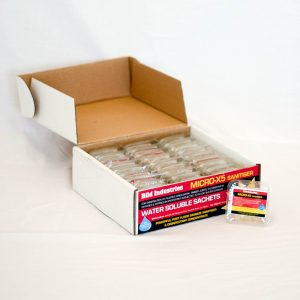
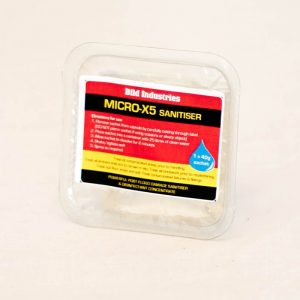
Micro-X5 Sanitiser is used in the sanitisation of properties prior to the initial cleaning and remedial works after flood-water damage.
Micro X5 Sanitiser has proven to be:
- Highly efficient against a very broad spectrum of bacteria(Escherichia coli – E.coli, Staphylococcus aureus, Salmonella typhi, etc.) and viruses (Herpes virus, HIV-1, Hepatitis B virus, etc.);
- Economical– 1 sachet diluted with water makes up 25 litres of ready to use sanitiser:
- Highlytolerant to anionic contaminants and water hardness;
- Maintainshigh biological efficacyin the presence of high organic soiling such as faeces, urine, blood and proteins;
- Excellent surfactant and wetting properties.

